Gummi Bears: Fake Fruits
There is seemingly nothing wrong with eating gelatin-based rubbery-textured sweet gummies. After all, while gelatin has less nutritional value than many other protein sources, it is still a nutrient, an animal-derived structural protein. But watch out when you read something like this: Naturally and Artificially Flavored; Wild ’n Fruity; 6 Fruity Flavors; Made with Real Fruit Juice. What is wrong? Well, suspiciously too many “fruity” claims… Yes, perhaps you have better chances to survive without food on the Brach’s Gummi Bears rather than on a diet soda but let’s look inside to find out what exactly are you going to survive on.
DyeDiet Doesn’t Buy It!
Look, the DyeDiet risk diagram is mostly red. And, you know, this is a red flag! You will get high foreign additives risk DDFI = 39/16 ~ 2.4 which is between very bad and unacceptable. Accordingly, there is no way you will get plenty of nutrients with that kind of food. Indeed, nutritional value DDNF = 16/50 ~ 0.3 is very poor.
The main ingredients are:
- Sugar
- Corn Syrup
- Gelatin
- Artificial flavors and colors
Maybe “grape juice from concentrate” is another main ingredient but in many products like this one juice concentrates are often listed in the “less than 2%” category. This time manufacturer wants us to guess about how much the juice is in the product. And my guess is: Less than 2%. Why so? Because if the product is mostly natural, why to add all the rest, including artificial colors and mineral oil?
See the article How Much Dyes We Eat? Are we machines to be fed with a mineral oil? Read the Wikipedia paragraph about the additives below.
- Mineral oil is a mixture of alkanes (hydrocarbons) in the C15 to C40 range from a non-vegetable (mineral) source, particularly a distillate of petroleum. According to a UK news story dated March 2011, mineral oils used in ink can get into foods when they are packed in recycled cardboard. Because of the danger of cancer, manufacturers are to stop using recycled cardboard in packaging. The application of four popular moisturizers increased the incidence of skin cancer wee in mice who were irradiated twice a week for 20 weeks. It is occasionally used in the food industry, particularly for candy. In this application, it is typically used for the glossy effect it produces, and to prevent the candy pieces from adhering to each other. It has been discouraged for use in children’s foods, though it is still found in many candies, including Swedish Fish. In the USA mineral oil presently is NOT generally recognized as safe (GRAS) for humans but it is FDA approved for cosmetic applications and as a food additive too. Search the GRAS Database.
- According to the Wikipedia: Carnauba wax can produce a glossy finish and as such is used in automobile waxes, shoe polishes, dental floss, food products such as sweets, instrument polishes, and floor and furniture waxes and polishes, especially when mixed with beeswax and with turpentine. It consists mostly of aliphatic esters (40 wt%), diesters of 4-hydroxycinnamic acid (21.0 wt%), ω-hydroxycarboxylic acids (13.0 wt%), and fatty acid alcohols (12 wt%).
- Sorbitol is a dietary sugar substitute that naturally occurs in many fruits.
I know, one can say candy is a fun food, so do not expect too much of it! Well, this is true but why do we have to have a potentially harmful fun when a harmless or less harmful candy is waiting for us nearby on the same aisle?
Much better choice: Raisinets
If Nestle removes artificial flavors I would gladly recommend this candy for everyone. As you can see, the diagram below is mostly green but one red segment. Therefore at this point I can only say that Raisinets is a much safer choice with very low chemical impact risks (DDFI ~ 0.2) and good nutritional value of DDNF = 28/11 ~ 2.5, if eaten in moderation.
For those who care, here is a general tip: Chocolate-based candies and wafers like Kit Kat are less risky than any gummy worms, bears etc. The food industry is not yet as skillful in faking chocolate as it is in making fake fruit candy. But if we do not resist, tomorrow they will offer to us any possible disgusting non-nutritious garbage.
So please resist the “fruit fraud” even if it is seemingly rooted in 100 year old tradition. Do not trust the manufacturer’s claims – check and verify for yourself. The DyeDiet is ready to help. I hope this brief report helps to make healthier food choices for you and your kids!
Category: Candy, Food Dyes Exposure

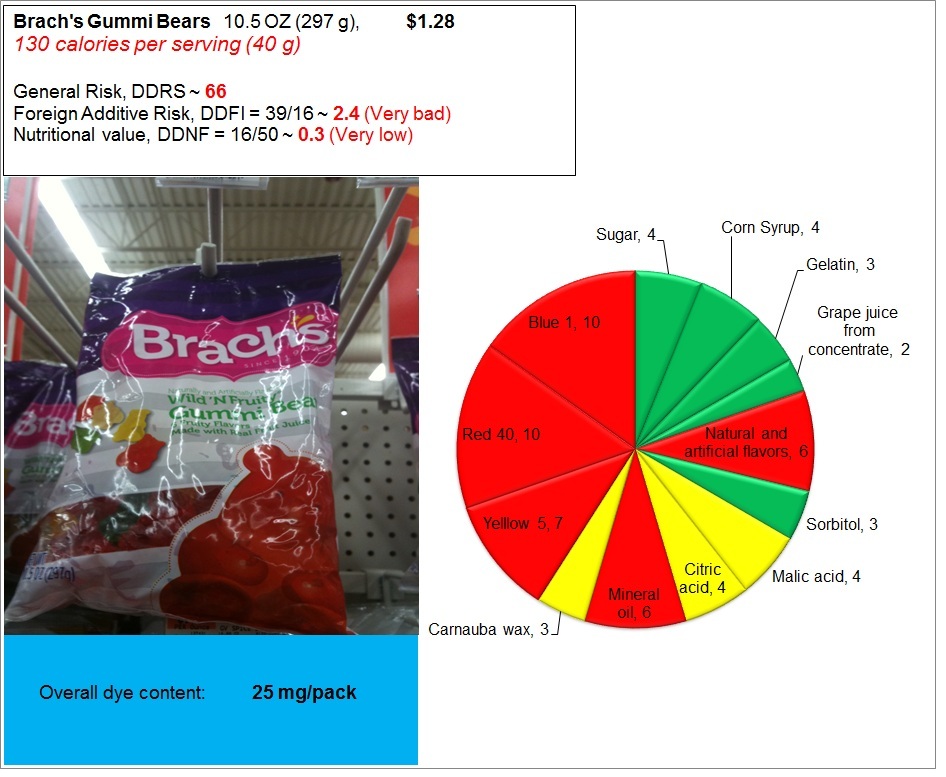
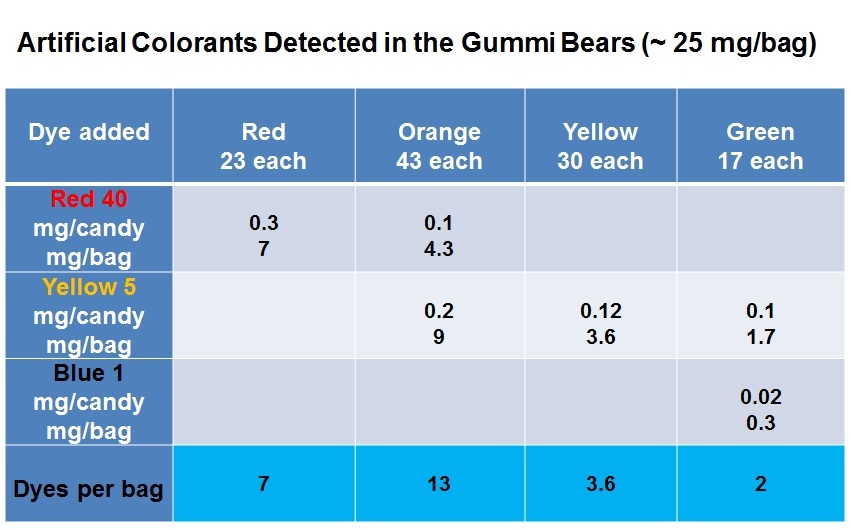
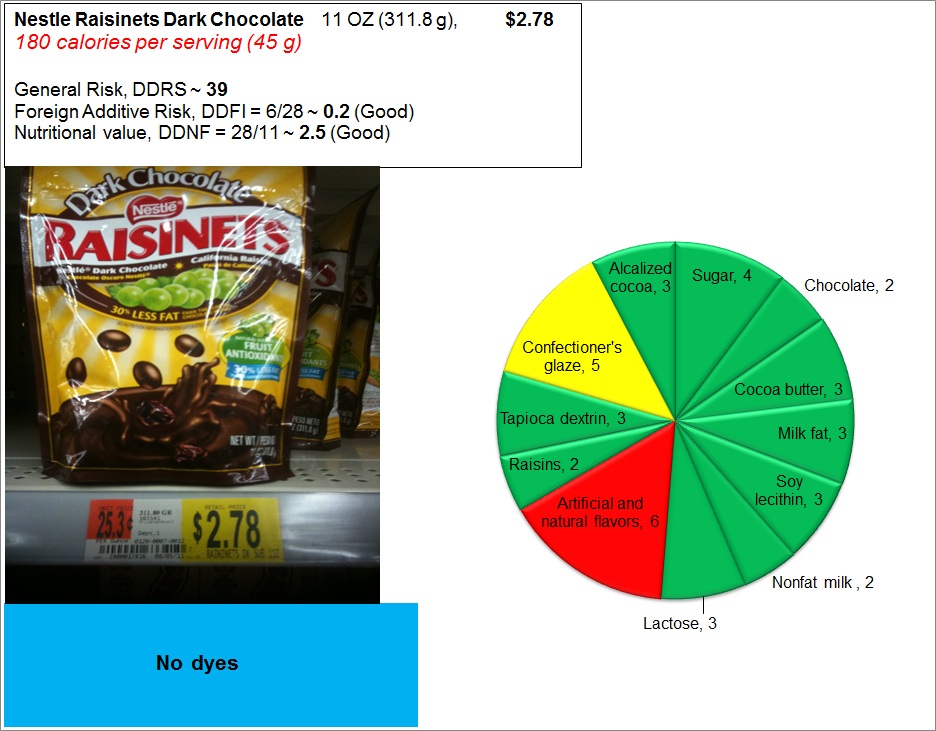




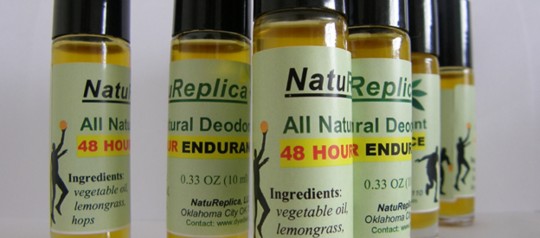
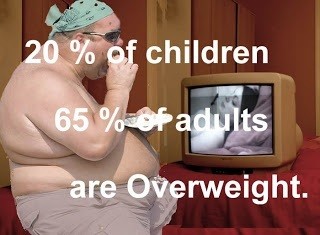
I think that natural gummy snacks are a great alternative to fatty, junk food!
Oh, yes, if natural…
WOW just what I was searching for. Came here by searching for food dye